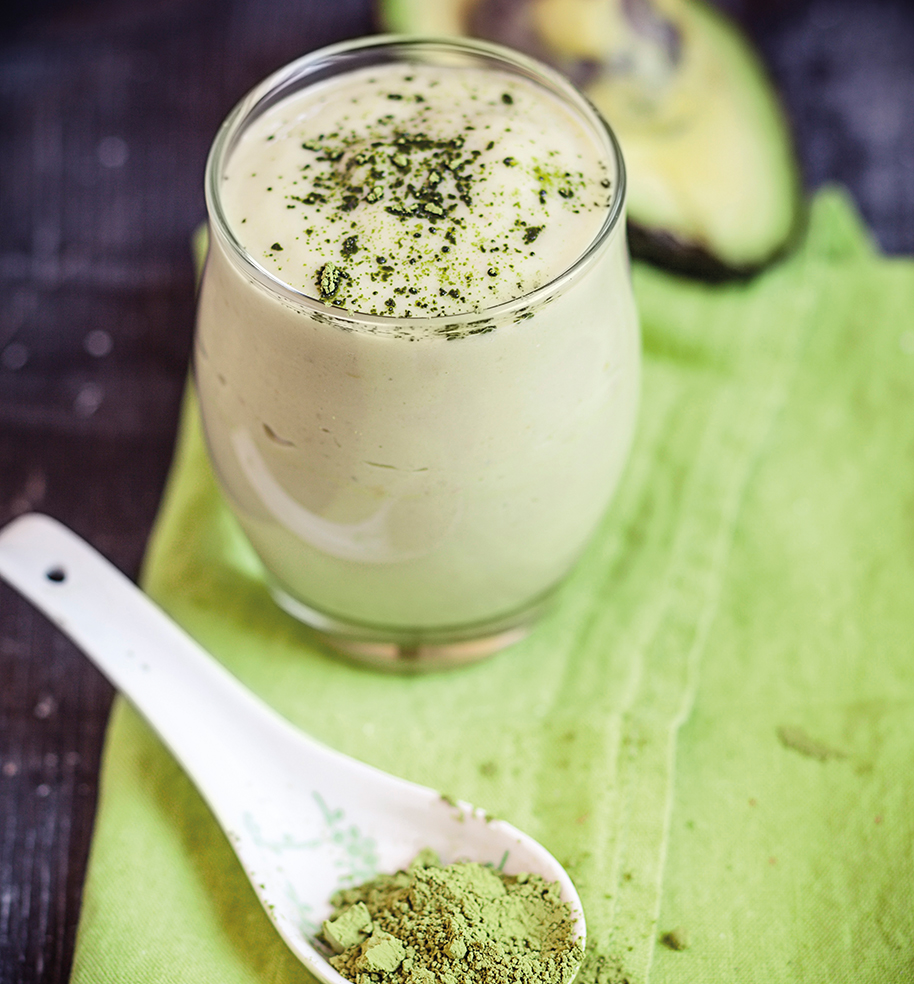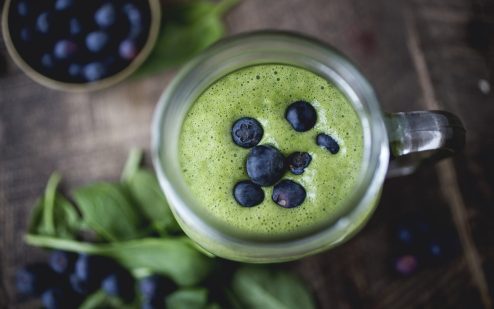Nutrition Notes: How to get more sea greens in
Eve Kalinik celebrates the benefits of sea vegetables

Algae is not the loveliest-looking foodstuff on earth, but this funky-looking pond scum is beneficial for our health and wellbeing.
Edible seaweed has been used for centuries in Asia in the form of nori that wraps sushi rolls, and wakame, added to miso soup. Seaweed can also be found closer to home in Welsh laverbread, or dulse in Ireland, and The Cornish Seaweed Company boasts products from its local shores.
Packed full of nutrients including vitamins A and C and a decent source of calcium, its most potent is the iodine that makes seaweed such a fantastic addition to our diets. We are often low in this important mineral which is crucial for regulating thyroid function, which in turn stabilises metabolic rate, hormone balance and energy levels.
Other trendy blue-green algae is found in the likes of spirulina and chlorella, known as ‘microalgae’, that can be used in supplementary form or added into more palatable snacks or smoothies. Microalgae are also an excellent vegan source of omega 3, the anti-inflammatory essential fatty acid, and have powerful antioxidant and chelating abilities, that mean they bind to toxins and help transport them out of the body.
Moreover, spirulina is an incredible plant-based protein that is almost three times as easy to absorb by the body as its meat counterparts and, since it contains vitamin B12, it’s a good way to supplement this nutrient that is vitally missing if you follow an exclusively plant-based diet.
With all algae though, it is imperative that you make sure they are from a clean source – free from toxins, and harvested appropriately.
Here are my tips on how to bring more sea greens into your world:
For more from Eve, go to evekalinik.com
Photograph: Corbis









